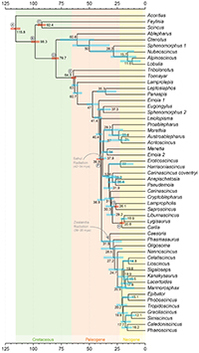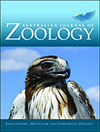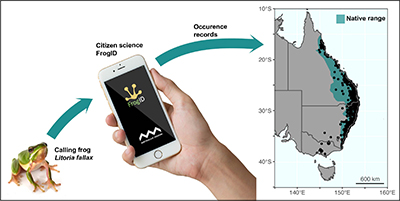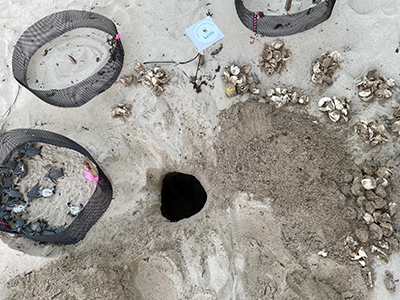ZO23007Phylogenetic relationships in the Eugongylini (Squamata: Scincidae): generic limits and biogeography
 , Stephanie N. J. Chapple, Sarah A. Smith, Glenn M. Shea, Ian G. Brennan and Ross A. Sadlier
, Stephanie N. J. Chapple, Sarah A. Smith, Glenn M. Shea, Ian G. Brennan and Ross A. Sadlier 

We produced a molecular phylogeny for the skink Tribe Eugongylini, with our analyses revealing three well-supported lineages of Australian Eugongylini, and resolving the phylogenetic relationships among several problematic Australian genera. We demonstrate that Emoia is not monophyletic, but that Cryptoblepharus is. We use our phylogenetic analyses to discuss the biogeography of the Eugongylini.
ZO23007 Abstract | ZO23007 Full Text | ZO23007PDF (1.5 MB) | ZO23007Supplementary Material (1.7 MB) Open Access Article






